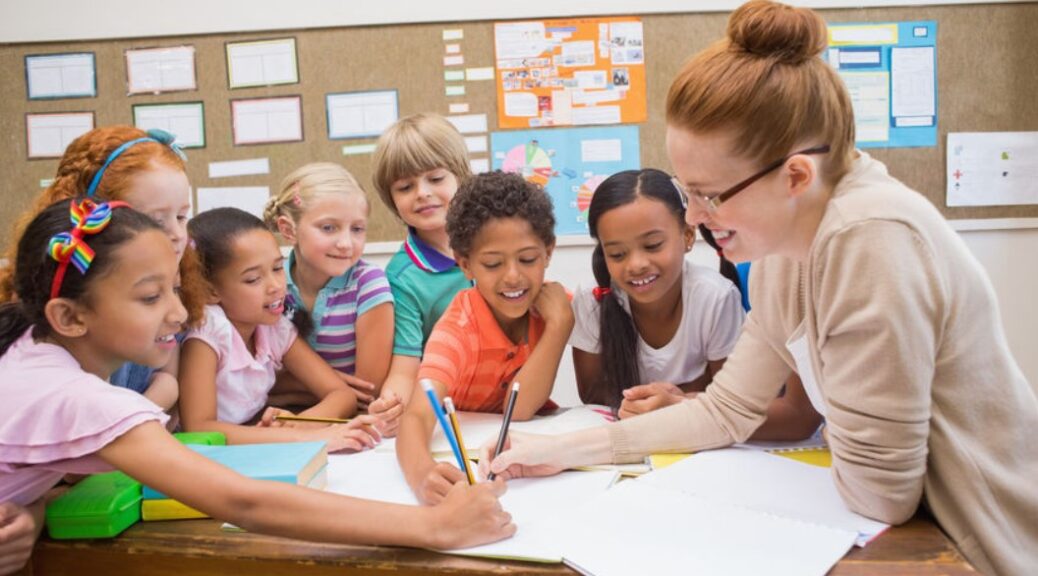In today’s rapidly changing world, the role of schools extends beyond academic education to include fostering community engagement. Schools have the unique ability to act as hubs for social interaction, personal development, and civic responsibility. By implementing initiatives that connect students, parents, and community members, schools can create a sense of belonging and collective purpose. This article explores successful case studies of schools that have strengthened community ties through innovative educational programs.
Case Study 1: The Power of Community Gardens
One exemplary initiative comes from a school in Portland, Oregon, where a community garden project transformed both the school environment and its relationship with the local community. This project involved students, teachers, and local residents in the creation and maintenance of a garden on school grounds. The garden became a living classroom, where students learned about sustainability, biology, and nutrition while developing practical skills.
Parents and community volunteers participated in garden maintenance days, strengthening bonds and fostering a sense of ownership and pride in the school. The garden also served as a venue for community events, such as harvest festivals and educational workshops, creating opportunities for social interaction and learning. This initiative not only enhanced the school’s curriculum but also united the community in a shared endeavor, illustrating how a simple project can cultivate community engagement.
Case Study 2: Mentorship Programs for Student Success
Another successful example comes from a high school in Chicago, Illinois, which implemented a mentorship program aimed at bridging the gap between students and community professionals. Local business leaders, artists, and university professors volunteered as mentors, offering guidance and support to students in their areas of interest. This program provided students with valuable insights into potential career paths, improved their academic performance, and boosted their confidence.
The mentorship program also benefited the community by fostering a culture of giving back and investing in the future generation. Community members who participated as mentors reported feeling more connected to the school and more invested in its success. By leveraging the expertise and experience of local professionals, the school created a network of support that extended beyond the classroom, highlighting the impact of mentorship on community engagement.
Case Study 3: Cultural Exchange Events
In San Francisco, California, a school with a diverse student body embraced cultural exchange events to celebrate the community’s rich tapestry of cultures. These events included international food festivals, cultural performances, and language workshops, encouraging students and their families to share their heritage and traditions.
The school’s cultural exchange events fostered an inclusive environment where diversity was celebrated and appreciated. They also provided opportunities for students to learn from one another and develop cultural competency skills, which are essential in today’s globalized world. By bringing together people from different backgrounds, these events helped break down cultural barriers and promote understanding and acceptance within the community.
Conclusion: The Path Forward
These case studies demonstrate that schools can play a pivotal role in fostering community engagement through thoughtful and inclusive initiatives. By creating opportunities for collaboration, learning, and cultural exchange, schools can build strong community ties and promote a sense of belonging. The benefits of such engagement extend beyond the school walls, enriching the broader community and contributing to a more connected and resilient society.
As educators and community leaders consider how to foster engagement, they can draw inspiration from these successful initiatives. By prioritizing community involvement and leveraging local resources, schools can become catalysts for positive change, ensuring that students and community members alike have the opportunity to learn, grow, and thrive together.

